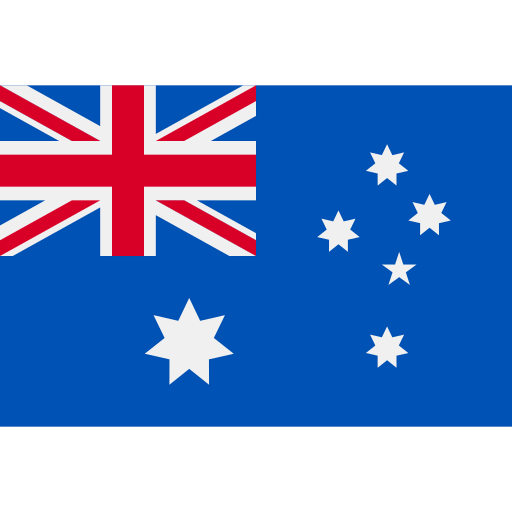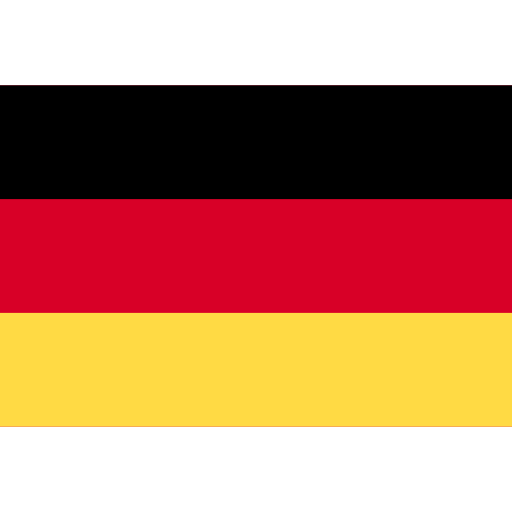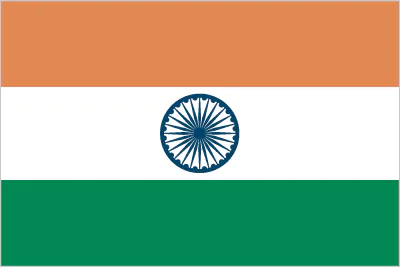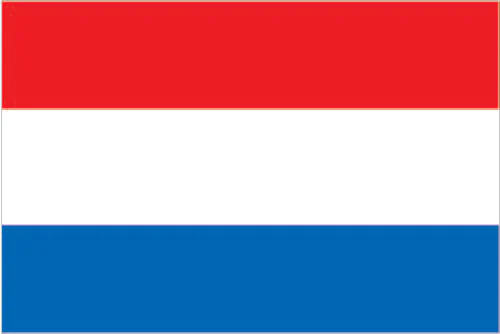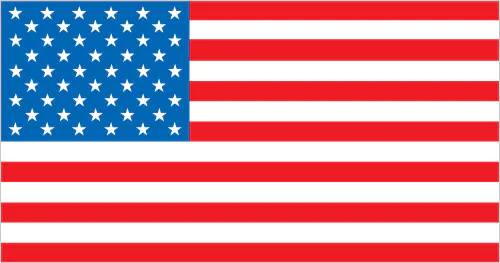One of the global trends is that the net-positive gains from financial integration is quite uneven. Like many parts of the world, ASEAN is facing multiple global challenges under a “VUCA” environment; being volatile, uncertain, complex, and ambiguous. TFG’s TFG heard from Phongpetch Chuasakulvanich, Vice President, International Trade, and Karntera Srimanote, Integrated International Trade Product Strategy Specialist at Kasikornbank PLC to find out more.
It is also characterized by a “new mediocre”, a state of multiple “lows” in economic growth, investment, trade volume, interest rates, commodity prices, and inflation. Amidst the ongoing global trade tension, the unbanked and the underbanked does not necessarily translate to a dim outlook. Banks are increasingly expanding the greater use of digital finance, enabling the unbanked to have greater access to financial services, which will drive the regional economic development as a whole and also reduce cash dependency. Figure 1 showed a lower percentage banking penetration of the CLMV countries as compared to Thailand, while Figure 2 showed the percentage of cash dependency.
Fig. 1: Percentage Banking Penetration
Fig. 2: Non- Cash Payment
Besides from multilateral central banking initiatives, aimed at reducing financial exclusion, the acknowledgement of trade and investment liberalization under the ASEAN’s economic integration have resulted a more integrated economic corridor, the ASEAN Economic Community (AEC). Notwithstanding ASEAN’s financial integration, Thailand’s geographical advantage allowed Thai banks to facilitate the expanding trade and investment within AEC countries and beyond. Additionally, ASEAN’s Qualified ASEAN Banks (QABs) framework aims to increase the degree of financial liberalization, a key factor in reducing costs for the private sector.
Qualified financial institutions are recognized among other financial institutions because these qualified banks ensure the reliability by reducing the KYC processes. Hence, qualified banks should work together with all stakeholders, aiming to reduce financial exclusion. As the economic benefits from financial inclusion is wide-ranging from individual, national, and international levels. Digital financial technologies and e-platform services proved its role in reducing financial exclusion gaps. However, putting this into a wider perspective, CLMVI banking accessibility is quite limited due to its cash-based environment, technological infrastructure readiness, and exotic currencies.
With this being said, we shall not neglect those who lose from globalization or from development as they are mainly those who do not have proper financial access. To reduce financial exclusion of the unbanked, and to enhance CLMVI (Cambodia, Lao P.D.R., Myanmar, and Vietnam) trading opportunities, we have implemented UPAS (Usance Payable at Sight) for trade transactions between Western Banks and CLMVI countries. This enables us to act as a reimbursing bank by focusing on reducing financial exclusion among the CLMVI countries. Given our geographical advantage, our prioritization on the CLMVI aligns with our belief in the responsibility to contribute to our neighboring countries given, no less than ours.
The acknowledgement of financial exclusion has long existed, yet still remains an issue in several countries. Financial exclusion results in the country’s readiness in terms of technological infrastructure. Especially in today’s age of rapid growth of Financial Technological companies, countries should embrace these disruptive technologies. This is why traditional banks with the ability to help, should act as a “Gateway to the World” among their neighboring countries. In our case, we have enabled, facilitated, and ensured through our reliable and cost-effective cross border transactions with our services to our ASEAN neighbors and China.

Phongpetch Chuasakulvanich, Vice President, International Trade, Kasikornbank PLC 
Karntera Srimanote, Integrated International Trade Product Strategy Specialist at Kasikornbank PLC
Co-authored by: Phongpetch Chuasakulvanich, Vice President, International Trade and Karntera Srimanote, Integrated International Trade Product Strategy Specialist at Kasikornbank PLC.


